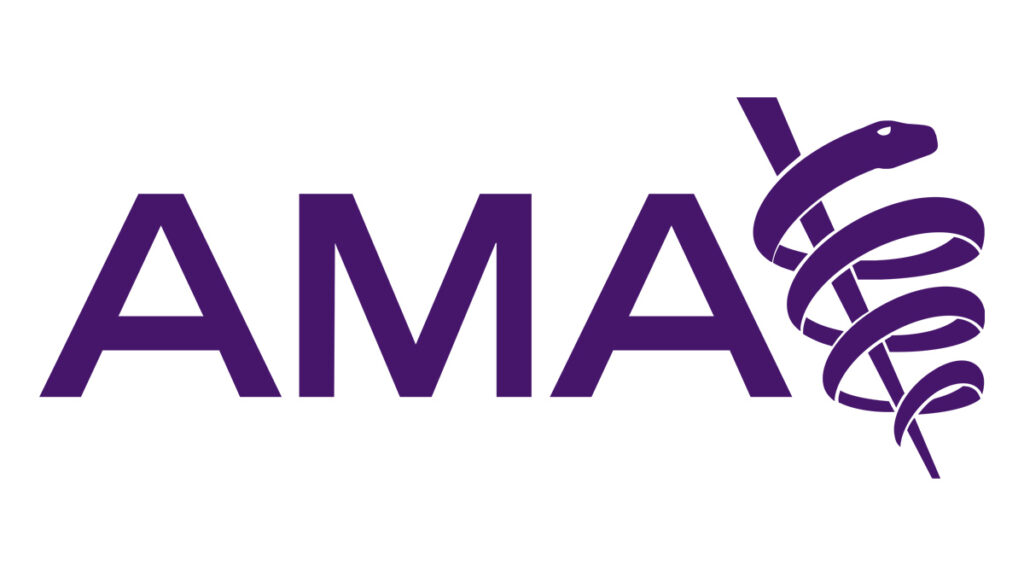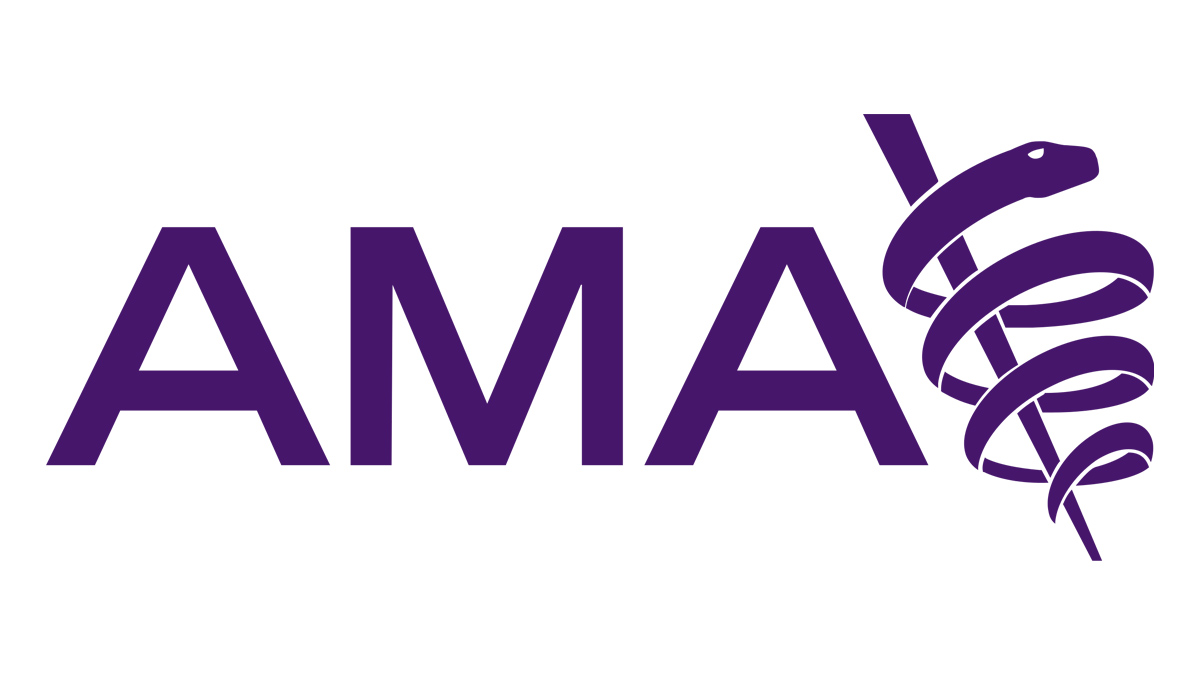
Navigating the Landscape: A Comprehensive Guide to Medical Associations
Medical associations play a pivotal role in shaping the healthcare landscape. These organizations, often composed of physicians, surgeons, and other healthcare professionals, serve as advocates, educators, and standard-setters within their respective fields. Understanding the function and influence of medical associations is crucial for anyone involved in healthcare, from practitioners to policymakers and patients. This comprehensive guide delves into the various aspects of medical associations, exploring their purpose, structure, benefits, and impact on the medical community and the wider public.
The Purpose and Functions of Medical Associations
Medical associations are established to advance the interests of their members and promote the highest standards of medical practice. Their functions are multifaceted, encompassing advocacy, education, research, and public health initiatives.
Advocacy and Representation
One of the primary roles of medical associations is to advocate for the interests of their members. This includes lobbying for favorable legislation, negotiating with insurance companies, and representing the medical profession in public forums. By speaking with a unified voice, medical associations can exert considerable influence on healthcare policy and regulations. They ensure that the concerns of physicians and other healthcare professionals are heard and addressed by policymakers. This advocacy often extends to protecting patient rights and ensuring access to quality care.
Education and Professional Development
Medical associations are committed to providing ongoing education and professional development opportunities for their members. This may include organizing conferences, workshops, and seminars, as well as offering continuing medical education (CME) courses. These educational activities help physicians stay abreast of the latest advances in medical science and technology, ensuring that they can provide the best possible care to their patients. Many medical associations also offer mentorship programs and leadership training to support the professional growth of their members.
Setting Standards and Guidelines
Medical associations often play a key role in setting standards and guidelines for medical practice. These standards help to ensure that patients receive consistent, high-quality care, regardless of where they are treated. The guidelines developed by medical associations are typically based on the best available scientific evidence and are regularly updated to reflect new research findings. By promoting adherence to these standards, medical associations contribute to improving patient outcomes and reducing medical errors. For example, guidelines on treating specific conditions or performing certain procedures help standardize care across different healthcare settings.
Research and Innovation
Many medical associations support research and innovation in their respective fields. This may involve funding research grants, publishing scientific journals, and organizing research conferences. By fostering a culture of inquiry and discovery, medical associations contribute to the advancement of medical knowledge and the development of new treatments and technologies. They provide platforms for researchers to share their findings and collaborate on projects that have the potential to improve patient care. The support of medical associations is often crucial for driving innovation in healthcare.
Public Health Initiatives
Medical associations are often involved in public health initiatives aimed at improving the health and well-being of the community. This may include conducting public awareness campaigns, providing health screenings, and advocating for policies that promote healthy lifestyles. By working to prevent disease and promote wellness, medical associations contribute to reducing the burden on the healthcare system and improving the overall health of the population. They frequently partner with other organizations, such as government agencies and non-profit groups, to maximize their impact.
Types of Medical Associations
Medical associations can be broadly classified into several types, including national, regional, and specialty-specific organizations. Each type serves a distinct purpose and caters to the specific needs of its members.
National Medical Associations
National medical associations represent physicians and other healthcare professionals at the national level. These organizations typically have a broad scope, addressing issues that affect the entire medical profession. Examples include the American Medical Association (AMA) in the United States and the British Medical Association (BMA) in the United Kingdom. [See also: Healthcare Policy Changes in 2024] These associations advocate for national healthcare policies, provide resources for physicians across various specialties, and often engage in public health campaigns on a national scale.
Regional Medical Associations
Regional medical associations focus on issues that are specific to a particular geographic area. These organizations may address regional healthcare disparities, advocate for local policies, and provide resources for physicians in their region. Regional associations often work closely with national associations to implement national initiatives at the local level. They understand the unique challenges and opportunities within their region and tailor their efforts accordingly.
Specialty-Specific Medical Associations
Specialty-specific medical associations represent physicians and other healthcare professionals who specialize in a particular area of medicine. These organizations provide resources and support for their members, promote research and innovation in their specialty, and set standards for clinical practice. Examples include the American College of Surgeons (ACS) and the American Academy of Pediatrics (AAP). These associations offer specialized education, certifications, and networking opportunities tailored to the specific needs of their members.
Benefits of Joining a Medical Association
Membership in a medical association offers numerous benefits for physicians and other healthcare professionals. These benefits can include professional development opportunities, advocacy and representation, networking opportunities, and access to resources and support.
Professional Development
Medical associations offer a wide range of professional development opportunities, including continuing medical education (CME) courses, conferences, workshops, and seminars. These activities help physicians stay up-to-date on the latest advances in medical science and technology, improve their clinical skills, and enhance their professional knowledge. CME credits earned through medical association programs often help fulfill licensing requirements. The chance to learn from experts and peers is invaluable for ongoing professional growth.
Advocacy and Representation
By joining a medical association, physicians can have their voices heard on issues that affect their profession and their patients. Medical associations advocate for policies that support quality healthcare, protect patient rights, and promote the interests of physicians. They provide a unified voice for the medical community and work to ensure that policymakers understand the needs and concerns of healthcare professionals. This advocacy can significantly impact the healthcare landscape and the working conditions of physicians.
Networking Opportunities
Medical associations provide valuable networking opportunities for physicians to connect with their peers, share ideas, and collaborate on projects. These connections can lead to new professional opportunities, research collaborations, and mentorship relationships. Networking events organized by medical associations offer a platform for physicians to build relationships and expand their professional network. These relationships are crucial for career advancement and staying connected within the medical community.
Access to Resources and Support
Medical associations offer a variety of resources and support services for their members, including legal assistance, financial planning advice, and practice management tools. These resources can help physicians navigate the challenges of running a medical practice and provide them with the support they need to succeed. Many medical associations also offer wellness programs to help physicians manage stress and maintain their well-being. The availability of these resources is a significant benefit of membership.
The Impact of Medical Associations on Healthcare
Medical associations have a profound impact on the healthcare system, influencing policy, practice, and public health. Their contributions are essential for ensuring that patients receive high-quality care and that the medical profession continues to advance.
Influence on Policy
Medical associations play a critical role in shaping healthcare policy at the local, state, and national levels. By advocating for evidence-based policies, medical associations help to ensure that healthcare decisions are informed by the best available scientific evidence. They work with policymakers to develop regulations that promote patient safety, improve access to care, and support the medical profession. The influence of medical associations on policy is often significant and can lead to positive changes in the healthcare system. [See also: The Future of Telemedicine Regulations]
Impact on Clinical Practice
Medical associations influence clinical practice by setting standards and guidelines for medical care. These standards help to ensure that patients receive consistent, high-quality care, regardless of where they are treated. Medical associations also promote the adoption of new technologies and treatments that have the potential to improve patient outcomes. By disseminating best practices and promoting evidence-based medicine, medical associations contribute to enhancing the quality of care provided by physicians. This leads to improved patient outcomes and a more efficient healthcare system.
Contribution to Public Health
Medical associations contribute to public health by conducting public awareness campaigns, providing health screenings, and advocating for policies that promote healthy lifestyles. These efforts help to prevent disease and improve the health and well-being of the community. Medical associations often partner with other organizations to maximize their impact and address public health challenges effectively. The involvement of medical associations in public health initiatives is crucial for creating a healthier society.
Challenges Facing Medical Associations
Despite their many contributions, medical associations face several challenges, including declining membership, increasing competition, and evolving healthcare landscape.
Declining Membership
Many medical associations have experienced a decline in membership in recent years. This can be attributed to several factors, including the increasing demands on physicians’ time, the rising cost of membership, and the perception that medical associations are not meeting the needs of their members. To address this challenge, medical associations need to demonstrate the value of membership and offer services that are relevant and beneficial to physicians.
Increasing Competition
Medical associations face increasing competition from other organizations that offer similar services, such as professional societies, advocacy groups, and online learning platforms. To remain competitive, medical associations need to differentiate themselves by offering unique and valuable services that cannot be found elsewhere. This may include providing specialized education, exclusive networking opportunities, or access to cutting-edge research.
Evolving Healthcare Landscape
The healthcare landscape is constantly evolving, with new technologies, treatments, and regulations emerging all the time. Medical associations need to adapt to these changes and provide their members with the resources and support they need to stay ahead of the curve. This may involve offering training on new technologies, advocating for policies that support innovation, and providing guidance on navigating the changing regulatory environment.
Conclusion
Medical associations are indispensable organizations that play a crucial role in shaping the healthcare landscape. They advocate for their members, provide ongoing education, set standards for medical practice, support research and innovation, and contribute to public health initiatives. While facing challenges such as declining membership and an evolving healthcare environment, their impact on healthcare policy, clinical practice, and public health remains significant. For healthcare professionals, joining a medical association offers numerous benefits, including professional development, advocacy, networking, and access to valuable resources. Understanding the role and influence of medical associations is essential for anyone involved in healthcare, from practitioners to policymakers and patients. These organizations are vital for maintaining the highest standards of medical care and promoting the health and well-being of the community.

